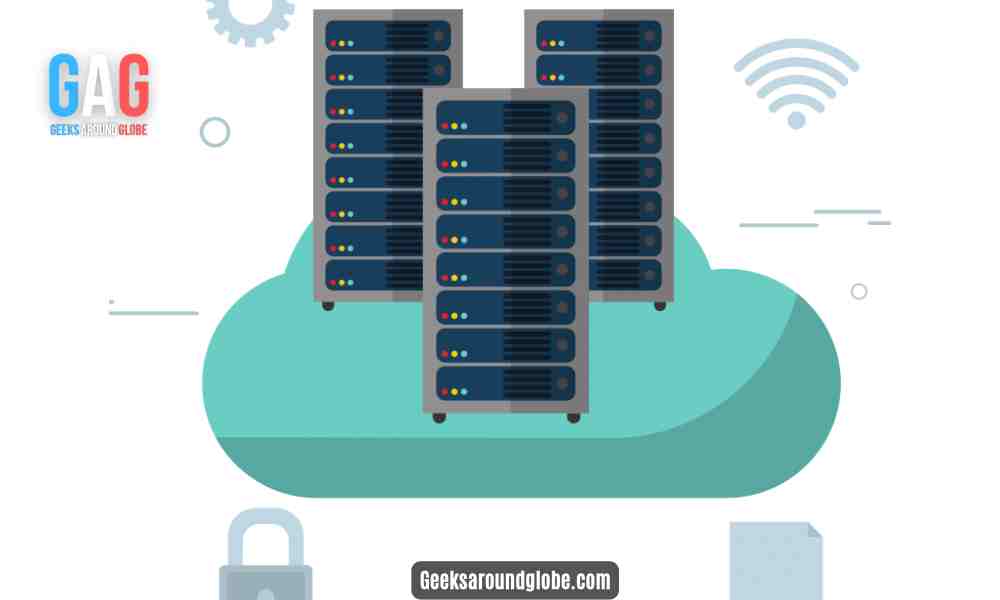Modern network systems comprise hundreds of components. System accommodation can become a real problem since too much space is required for this. Specialized furniture allows multi-level housing of IT equipment, which saves space and provides hardware security.
Server racks are the most common type of furniture pieces for closed data centers. These are durably metal frames that consist of 2 or 4 uprights and are designed to hold devices. Various accessories like shelves or rails can be attached to improve a mounting surface.
Advantages of Racks
This model of server furniture has the following trumps:
- excellent cooling due to the absence of side panels. The airflow is not hindered, which contributes to a natural server rack cooling system.
- space ergonomics. Multi-level housing allows saving space and allocating many devices in a relatively small area;
- security. Devices are reliably fastened to durable metal frames with high-load dowels.
- ease of maintenance. The staff has access to hardware from all sides of the rack, which simplifies maintenance work.
Data center planning and design are essential since some mistakes can negatively affect system operation and lead to hardware malfunction or downtime. If you want to ensure the smooth running of all units, you should treat the preparatory stage attentively and take into account common mistakes.
TOP-5 Common Mistakes to be Avoided during DC Planning
Make sure to avoid the following mistakes when planning your data center.
Falling to perform a full infrastructure assessment
When facing the need to arrange a network system, employees must undergo a thorough preparatory stage, that is proper analysis of a site to be chosen, the number of equipment to be purchased, etc.
The assessment of future infrastructure helps conclude the budget and future prospects. When mistakes are made at this stage, this can result in problems with costs and expenses.
Careful assessment allows coping with the following issues:
- properly chosen site and its location;
- estimated budget;
- accompanying expenses.
Skilled experts always analyze future systems before they get down to ideas implementation. This is a key step for a successful system organization.
Wrong choice of DC power hardware
Servers, switches, PCs, and other components are designed for performing different tasks and functioning for different powers. Before you buy active equipment, make sure to make a list of devices and analyze their powers, capacities, and performance characteristics.
A thorough analysis of power hardware helps find incompatibilities and avoid buying useless devices.
Not looking further after the completed buildout
Note that network systems are always assembled looking to the future. When designing new projects, system administrators always keep in mind the ability to extend systems and add more powers in the future. This point influences the choice of suitable server furniture since extra space is left in racks for the case of system rearrangement.
Improperly setting performance characteristics & design criteria
Here, two main concepts are misunderstood. Many businesses want to build Tier 3 designs when they do not need them. Think about the complexity of your system and what power it should generate. Extra powers require more equipment, more expenses, and more effort to maintain. Is it worth your demands?
The second trouble issue is connected to the assessment of system feeding. The vision of kilowatt per square foot does not actually meet actual requirements. There is no need to rebuild your system if some indicators are not matching with the theory. In most cases, such rearrangements are not justified.
Misunderstanding PUE (Power User Effectiveness)
This is an excellent tool for managing system efficiency. However, when trying to increase effectiveness, employees forget other goals of IT systems. The PUE is critical for projects, but one should treat it wisely.
Tips to Avoid Mistakes when Planning DCs
Keep in mind this data center design guide to avoid mistakes and develop a smoothly functioning project:
- Choose the right room. Not every premise is suitable for arranging a server room in it. It is advisable to give preference to premises without windows, through which no plumbing systems pass. Make sure that the room is equipped with a fire alarm system.
- Examine HVAC systems and decide on proper cooling strategies.
- Select an appropriate type of rack. Modern manufacturers offer a huge variety of models to meet any demand. Pick a suitable model, depending on the size of your system and the number of components. Remember about future prospects when calculating the required dimensions.
- Pick a PDU. Make sure that a power distribution unit meets your system demands for power supply and will be able to feed the system in the case of an emergency electricity outage.
- Isolate servers since they produce a lot of noise and heat. It is preferable to place them in separate premises and isolate them from people. Enclosed soundproof models are used when it is impossible to isolate equipment from people.
- Organize cables properly to avoid tangling. Ties, boxes, and hooks are widely used for this.
- Label cables to simplify and speed up maintenance. Coloring wires will allow technicians to spend less time on rapture identification.
- Equipment price. Calculate the budget to acquire all the needed components.
- Future growth. When calculating the height and size of the rack, remember to leave space for the future addition of new components.
- Security. Make sure that devices will be protected from outside impacts. Removable side walls can be attached to improve protection.
Data center building design is a complicated and responsible task. The preparation stage is of great importance. The main scope of work is performed at the stage of planning. Thus, the success of the smooth and long-term performance of a future project directly depends on the correct infrastructure assessment.







